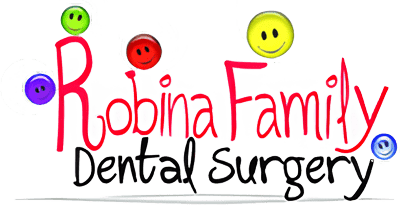There has been a resurgence and awareness of Chinese medicine in the West in recent years. But did you know rudimentary dental extractions were performed in ancient China as early as 6,000 BC? This blog looks at some ancient Chinese dental practices and compares it to what we have today.

Textbooks and Colleges
Then
There has been four recorded periods of medical development in China:
- The Mystical Period
- The Golden Period
- The Controversial Period
- The Transitional Period
In the Golden Period, the first Chinese dental textbook was written and it detailed preventative and restorative techniques. Another ancient work (titled the Canon of Medicine) discusses systematic diseases and their connection to oral manifestations (e.g. white spots appearing in the mouth as a precursor to measles). The first dental colleges also popped up around this time.
Now
Today, we have thousands of dental textbooks, covering specialised topics such as oral pathology, principles and techniques of dental radiography, periodontal instrumentation, clinical practice; the list goes on and on. In Australia alone, there are 22 institutions that offer on-campus dentistry courses. The field of dentistry has grown on a global scale, and that can only be a good thing as dental technologies and education advance.

Tooth Decay and Pain Management
Then
Around 2,700 BC, ancient Chinese dentists used acupuncture as part of tooth decay treatment. It is speculated that it was specifically used to manage the pain associated with tooth decay.
Now
Today dentists have access to all kinds of local anaesthesia. From numbing gel/cream, to infiltration injections (numbing a small area) and block injections (numbing an entire region of your mouth), your dentist can now treat your tooth decay while you are comfortable and at ease.

Toothpaste and Toothbrushes
Then
Around 500 BC, ancient Chinese and Indians developed and used toothpaste. If toothpaste has been around for two and a half millennia, there really should be no excuse not to brush your teeth!
The rudimentary modern toothbrush was invented around 1490 AD, when a Chinese inventor attached coarse hog hair to a bone or bamboo handle.
Now
In our modern age, we now have access to technologically advanced toothbrushes with soft and angled bristles engineered to provide a comfortable brushing experience without damaging tooth enamel. Today’s toothpaste also includes a wide variety of beneficial chemicals (such as fluoride, peppermint, and aloe vera) that help strengthen teeth, prevent tooth decay, improve bad breath, and even whiten teeth. We’re spoilt for choice in this day and age.

Toothaches
Then
In 1,000 AD, doctors used arsenic to treat toothaches. It is thought that the arsenic was used to kill the tooth pulp (nerve) inside to relieve the pain. This seems like a precursor to modern root canal treatment.
Now
Endodontists specialise in performing root canal treatment on infected or decayed teeth. They remove the tooth pulp from the root canal (i.e. the natural cavity within the centre of the tooth), clean out any infection, place root filling in place of the nerve, and seal the tooth to prevent any further infection or decay. This modern practice is incredibly effective and has gotten hundreds of thousands of people out of pain.

Fillings
Then
An inventor named Li Shih Chen formulated a silver and mercury mixture to fill teeth in 659 AD. This sounds very similar to the amalgam filling that we use today.
Now
On top of amalgam fillings (which are silver in colour), dentists also utilise composite fillings which are tooth-coloured and made from a mixture of plastic and fine glass (ceramic) particles. Composite fillings look great (as they blend with the natural colour of the remaining tooth structure and don’t stain like amalgam fillings), are less likely to fall out, and the composite material is flexible (so the dentist doesn’t need to drill so much in order to place the filling).
Fillings is one of the most common dental procedures for a general dentist to perform so the technology has improved significantly since Li Shih Chen’s time.

We’ve come a long way from ancient Chinese dental practices, making dentistry easier, faster, and more convenient for the modern patient. But our modern advances have the benefit of hindsight, and it all started with ancient dental practices including those found in ancient China.

